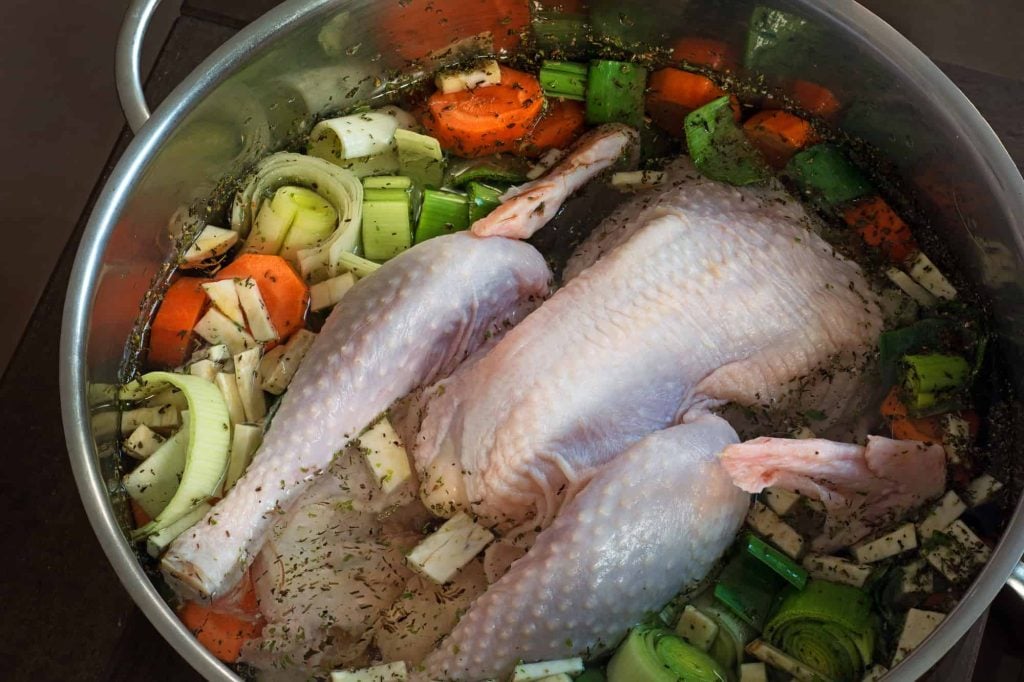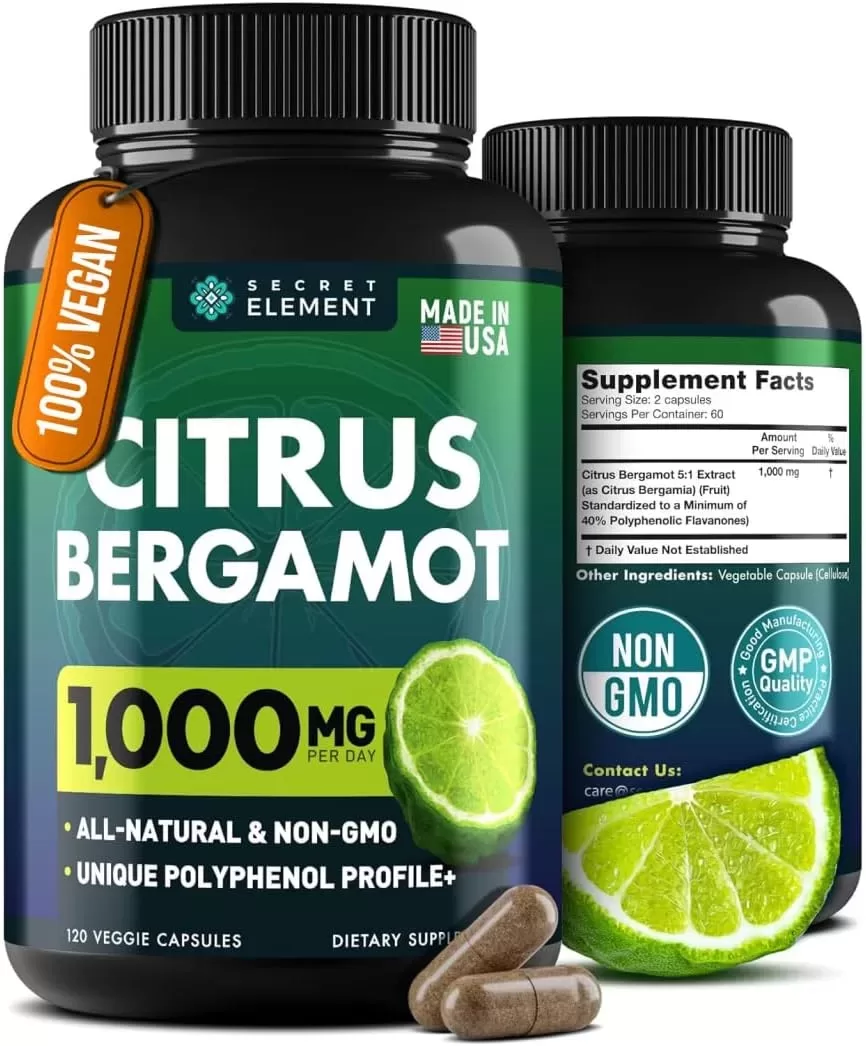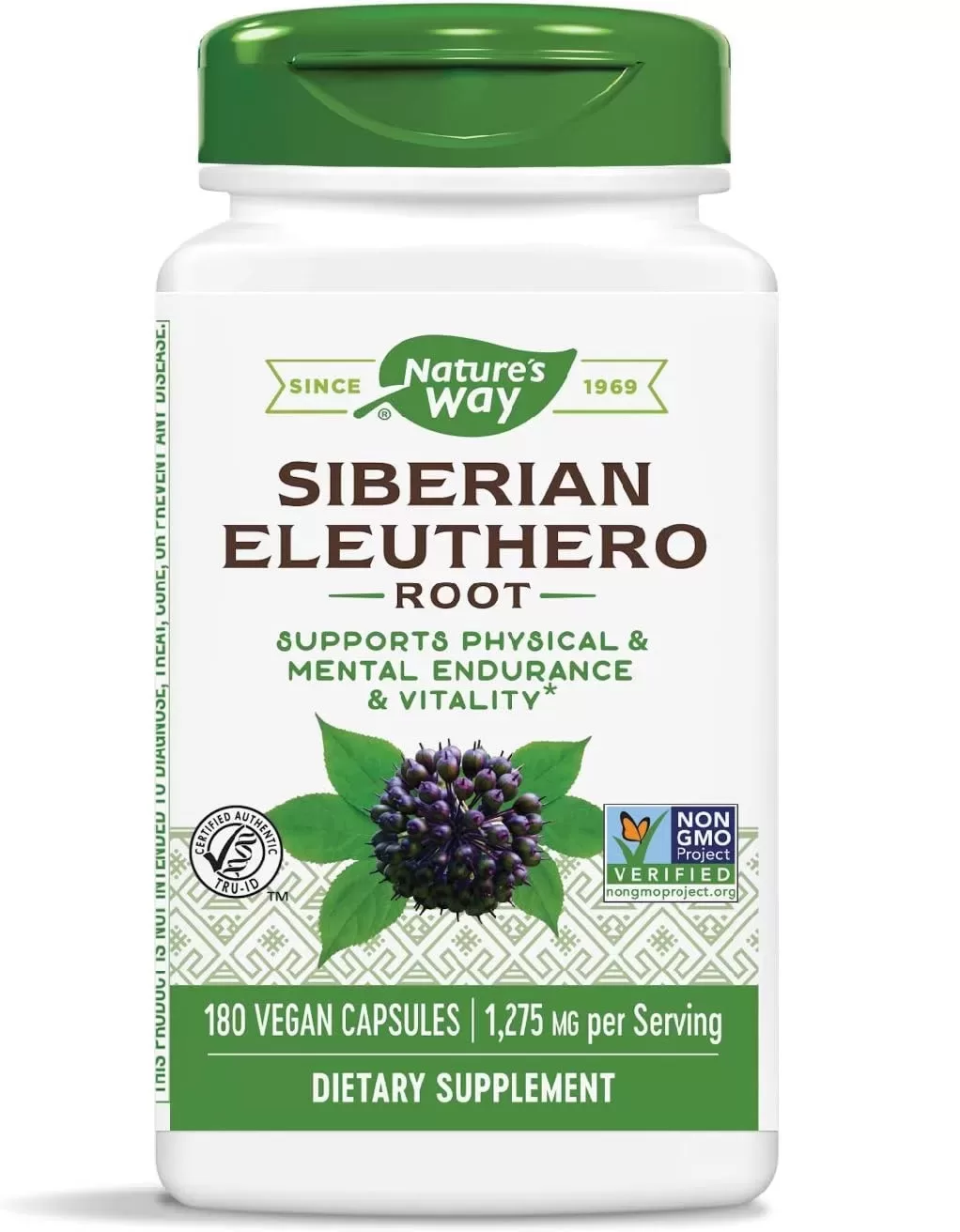Chicken skin is delicious on its own, but can you say the same when it’s in broths and soups?
Chicken skin makes a flavorful addition to stock, broth, bouillon, soups, and stews due to its fat content. Just make sure you don’t add too much, or your final product will be too greasy.
What else contributes to the flavor, and what should you watch out for? Keep reading to find out.
Should You Use Chicken Skin in Chicken Broth or Stock?
Chicken skin will make chicken stock, bouillon, and any chicken broth recipe even more delicious, as long as you don’t overdo it.
It might not work as the main ingredient to make broth or bouillon, but when it’s used along with the bones and other parts of a chicken, it can be a great addition.
Chicken skin is made up of high amounts of fat, moderate protein, and little to no carbohydrates. A pound of raw chicken skin, for example, has 200 g of fat, 43.4 g of protein, and 3.58 g of carbohydrates.
If you use pure chicken skin for your stock, broth, or bouillon, it might taste great, but it will be too fatty and greasy. But if you use the right amount and combine it with other parts of the chicken, it makes a delicious final product.
Fat can change the flavor of foods (source: Clinical Trials). Foods that are rich in fat (like chicken skin) will also impart more flavor to whatever you add them to.
Fat-dense foods also greatly influence pleasure and satisfaction when we are eating (source: Journal of the American Dietetic Association).
Fat impacts a food’s texture, smell, and taste (source: Fat Detection: Taste, Texture, and Post Ingestive Effects). If you add too much chicken skin to make a stock or broth, it will change not only the texture but also the taste and smell.
The method of cooking can also make the stock or broth more (or less) flavorful. When chicken is boiled, a reaction between the heat, proteins, and fats takes place.
According to a study on chicken meat, boiled chicken produces compounds that are responsible for the meaty aroma and onion-like flavor (source: Asian-Australasian Journal of Animal Sciences).
Although this study was conducted on chicken meat, the reactions could still take place when different chicken parts are used.
Whether you use chicken parts or entire chicken to make your stock, keeping the skin on will produce a delicious flavor and aroma.
Are you wondering what you can do with the leftover chicken skin? If you have some extra on hand, my guide offers inspiring and delicious ideas to make the most of it. Check it out and get creative with your leftover chicken skin!
Do You Put Chicken Skin in Bone Broth?
Bone broth is made from chicken bones, connective tissues (the ones you see at the end of the bone joint), and some meat (source: Food Network). It is not necessary to add chicken skin to bone broth.
However, if you want to add more flavor to your bone broth, leave the skin on.
Bone broth contains the nutrients from chicken parts you wouldn’t normally eat, such as feet or backs. Moreover, the longer you simmer the bones and other parts, the higher the concentration of collagen in the broth (source: Food Network).
Chicken skin also contains collagen. In a study, collagen was retrieved from chicken skin using pepsin and ethylene diamine. Collagen type I and collagen type III were recovered, and the researchers concluded that chicken skin is a good source of top-quality collagen (source: Poultry Science).
Many studies have been conducted on collagen’s health benefits. Collagen has been shown to:
- Recover lost cartilage tissue
- Enhance skin elasticity
- Relieve joint pain caused by physical activity
- Reinforce ligaments and tendons
- Help increase lean muscles in the elderly
- Help increase bone density in postmenopausal women
(source: Nutrients).
Collagen has also been reported to contain unsaturated fatty acids, which are beneficial to your health. Oleic acid, for instance, helps lower bad cholesterol without lowering good cholesterol. It also helps prevent coronary heart diseases (source: Foods).
However, you need to remember that chicken skin also contains cholesterol, so consume it in moderation.
Do You Use Chicken Skin in Soup or Stew?
Based on the information above, leaving chicken skin on chicken pieces in soups or stews is fine. Not only will it add more flavor to the soup, but it also seems to have health benefits, despite its cholesterol content.
So go ahead and keep the skin on your chicken – it will add extra flavor and nutrients to your stocks, broths, soups, and stews!















Comments are closed.